Europe Sustainable Packaging Size
Europe Sustainable Packaging Market Growth Projections and Opportunities
Europe influences the growth and development of its packaging market for sustainability through various forces. One of the key drivers to sustainable packaging is an increase in awareness towards the need for environmental protection. Consequently, consumers are now demanding alternative ways of packing as they become more knowledgeable about how packaging can affect the environment. As such, they have forced producers to invest in packages that are environmentally friendly like biodegradable materials and recycled packaging.
Still on this aspect, Europe’s sustainable packaging is defined by regulatory measures put in place. This has resulted in a situation where regulations concerning packaging have become some of the strictest in the world. Through these measures recycling targets have become more severe as well as several EPR initiatives which have nurtured adoption of sustainable alternatives regarding package designs. For any company prospecting to remain competitive within the European market, compliance with these regulations has turned into not only legal obligation but also strategic necessity.
Furthermore, corporate sustainability commitments also affect rates of adoption across Europe’s sustainable packaging market. Numerous companies operating in Europe have included their environmental goals among their business objectives especially those touching on product coverage and design innovation. This is seen from ambitious sustainability objectives that often revolve around plastic waste reduction, easier recyclability or total cradle-to-cradle principles. Hence there is a demand for new types of wrapping that accommodate such requirements.
In addition to other elements like conscious consumerism and consumer preferences, this contributes greatly to dynamics driving Europe Sustainable Packaging Market today. Modern consumers are increasingly discerning and place a premium on products that align with their values, including environmental responsibility. Brands therefore had to revaluate themselves so as not only meet this new needs but also stay relevant among this class of people who buy their products based on what it looks like and its benefit to nature; thus differentiating themselves and building customer loyalty through their product packages.
Moreover, technological advancements affect Europe’s sustainable packaging landscape too. There is a continued attempt to find new materials and technologies that can make packaging more sustainable without necessarily reducing its functionality. Such innovations include bio-based polymers or advanced recycling processes, which the market is experiencing as part of its journey towards sustainable and efficient methods of wrapping products. Organizations that would like to stay competitive therefore have to invest in such emerging trends.
On top of these are also economic factors shaping Europe Sustainable Packaging Market. This has led to a realization of economic benefits associated with sustainable practices such as cost savings through reduced material usage and wastage. Even though there may be higher costs upfront for ecological product packaging, long term financial gains with the value on brand make it an astute option for any company operating within European territories.


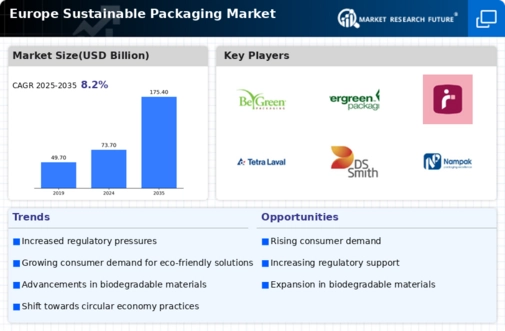
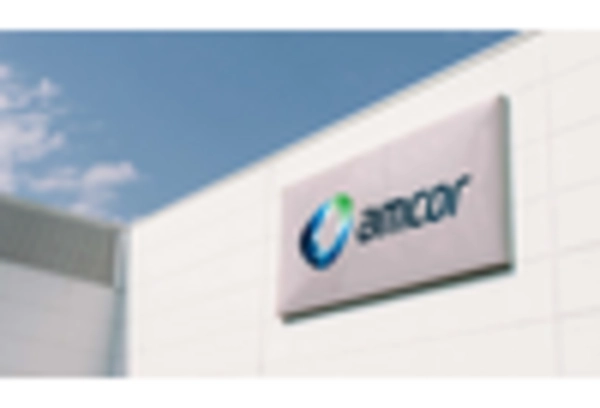
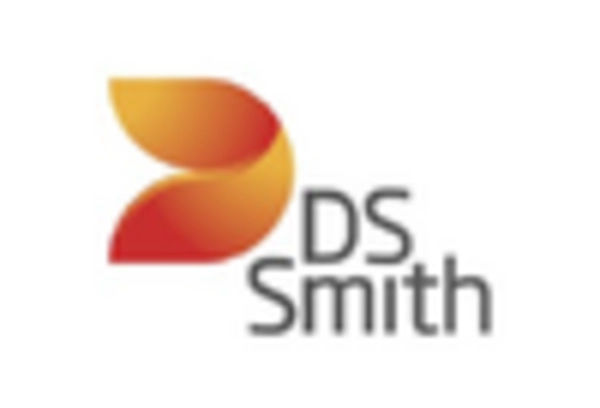
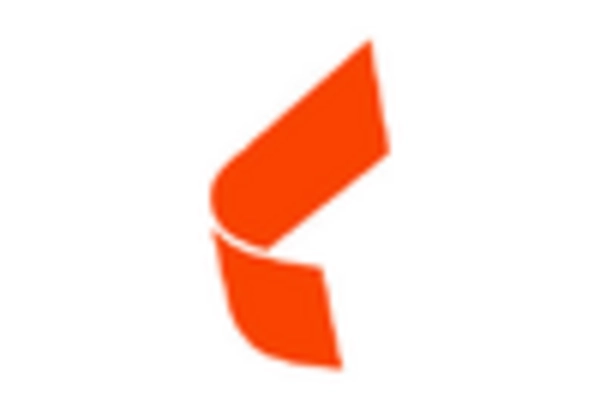
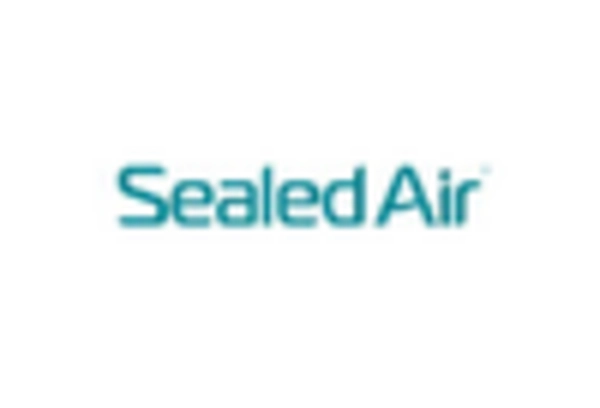
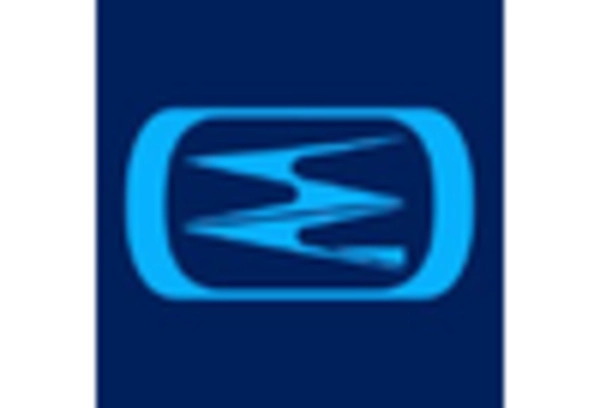
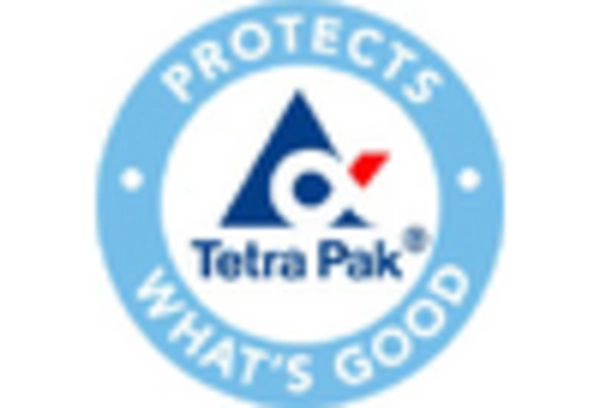









Leave a Comment